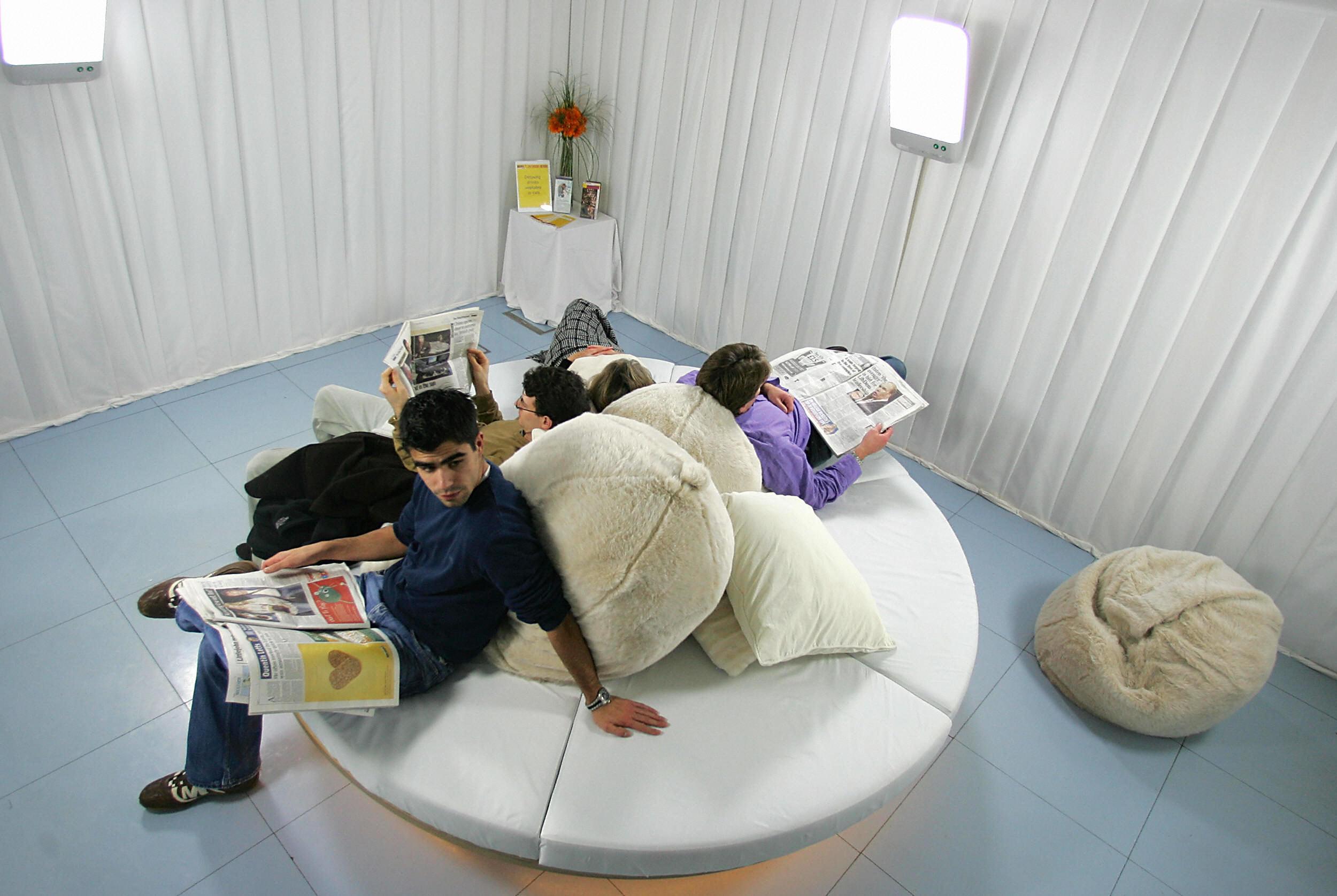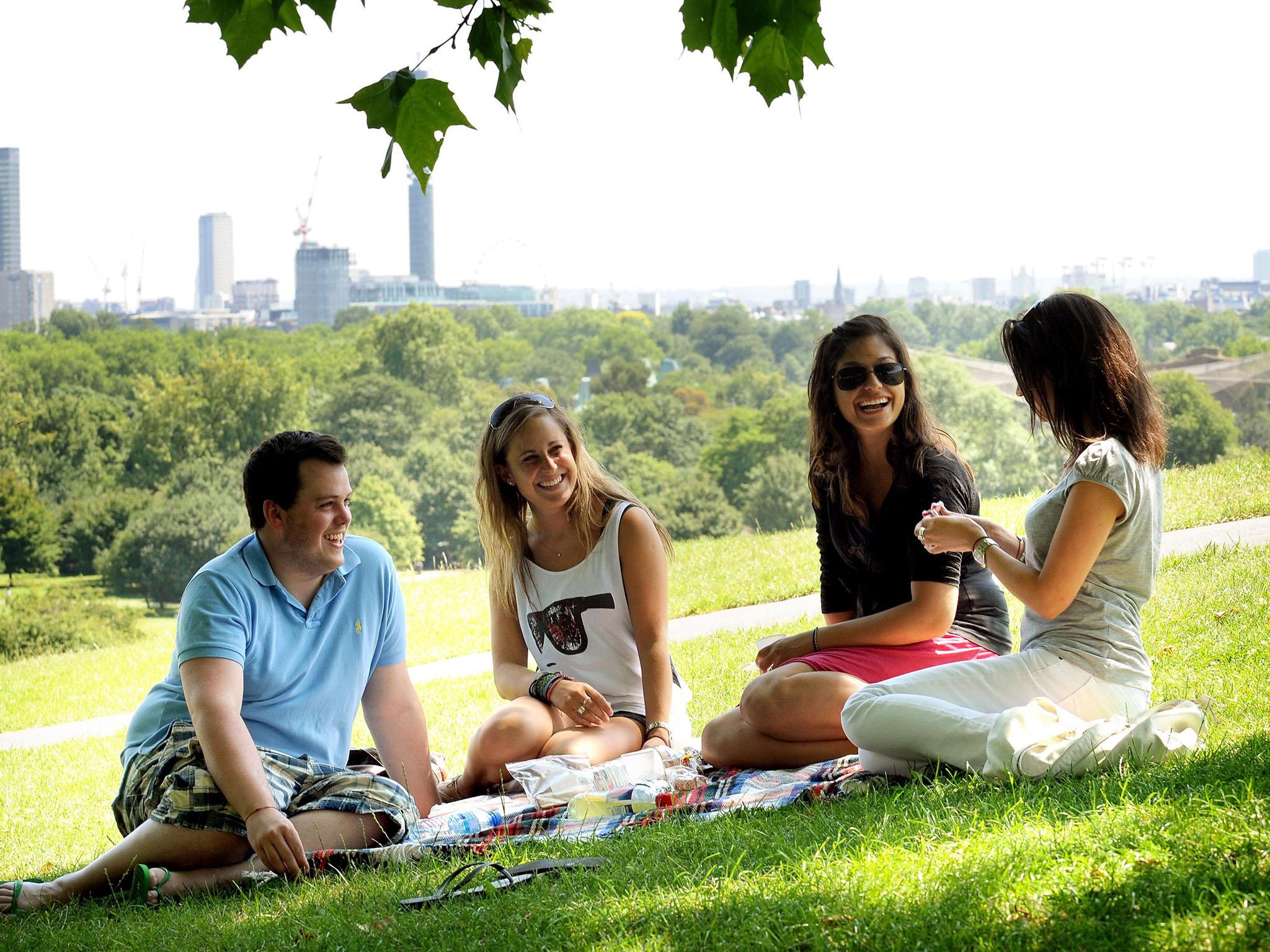Autumn Equinox 2017: 5 ways to help beat the winter blues
Here's what to do if grey skies have you feeling down
Your support helps us to tell the story
From reproductive rights to climate change to Big Tech, The Independent is on the ground when the story is developing. Whether it's investigating the financials of Elon Musk's pro-Trump PAC or producing our latest documentary, 'The A Word', which shines a light on the American women fighting for reproductive rights, we know how important it is to parse out the facts from the messaging.
At such a critical moment in US history, we need reporters on the ground. Your donation allows us to keep sending journalists to speak to both sides of the story.
The Independent is trusted by Americans across the entire political spectrum. And unlike many other quality news outlets, we choose not to lock Americans out of our reporting and analysis with paywalls. We believe quality journalism should be available to everyone, paid for by those who can afford it.
Your support makes all the difference.Autumn and winter are widely celebrated for their colourful leaves, gorgeous snow flurries, and excuses to drink excessively sugary, hot beverages. But they can also bring a sense of sadness or lethargy to those who suffer from the “winter blues”.
Today’s Google doodle celebrates some of the more festive parts of the Autumn Equinox – Hello, adorable creatures wearing tiny scarves! – but ignores some of the negative side effects the season can bring.
If you're prone to seasonal affective disorder, a common form of depression that occurs at the same time each year, you should seek professional medical advice. But if you find yourself occasionally feeling bummed out by grey skies, there are a few steps you can take to brighten your day – literally.
Try a light therapy box.
A relatively new treatment for the winter blues is light therapy, also called phototherapy. The treatment is as simple as sitting in front of a light-emitting box for 30 minutes a day, while eating, reading, or just hanging out.
According to the Cleveland Clinic, the best boxes contain white fluorescent light tubes that emit at least 10,000 Lux of light.
With regular treatment, between 50 per cent and 80 per cent of patients in experimental studies saw a complete remission of symptoms, according to the National Alliance on Mental Illness. Some patients can see improvement in as little as two days.

Just get outside.
If a light box sounds too involved, some studies indicate that simply getting outside can boost your mood, too.
According to Dr Mark Servis, professor of clinical psychiatry and vice chair of the UC Davis Department of Psychiatry, people with mild seasonal depression can improve their symptoms by upping their time spent outside. Even in the darkest winter months, he points out, it’s usually brighter outside than inside a cavernous office .
Mr Servis recommends taking a morning walk, or eating your lunch outside. (Other studies suggest the earlier you get out, the better.) For those who are truly committed, you can even adjust your sleep schedule to wake up earlier, making use of all available daylight.

Pop some vitamin D.
Studies show that Vitamin D – a vitamin found in sunlight, as well as some food groups – plays a role in your mood. In fact, a study from the Union Memorial Hospital in Maryland found that upping patients’ intake of the vitamin improved their mood more than administering phototherapy.
The National Institutes of Health recommend adults ages 19 to 70 get 600 IU of vitamin D per day. Vitamin D can be found in fatty fish, mushrooms, and fortified milk and breakfast cereals. It can also be administered topically, through sprays and liquids, though this method has not been tested as rigorously.
Hit the slopes (or the skating rink, or the gym).
“Just go for a walk!” is probably the last thing most people with clinical depression want to hear. But for those who suffer from an occasional mood shift during the winter, exercise can be an effective way of warding off the doldrums.
One study suggests two daily, 25-minute sessions of aerobic exercise can be as effective in improving your mood as daily light therapy. A larger analysis from the Duke University Medical Centre found that even small increases in exercise can significantly improve your mood.
Thankfully, there are a multitude of fun ways to get active – and get outside, to boot – in the winter months. Try skiing, snowboarding, snowshoeing, or ice skating.
Get help.
Again, if you feel you might be suffering from seasonal affective disorder, or clinical depression, it's best to seek professional help.
If you have problems sleeping, notice a change in your appetite, or feel exhausted, hopeless, or down on yourself for more than two weeks, it's a good idea to ask for assistance.
And if you ever have suicidal thoughts, you can call the national suicide prevention hotline at 1-800-273-8255.

Join our commenting forum
Join thought-provoking conversations, follow other Independent readers and see their replies
Comments